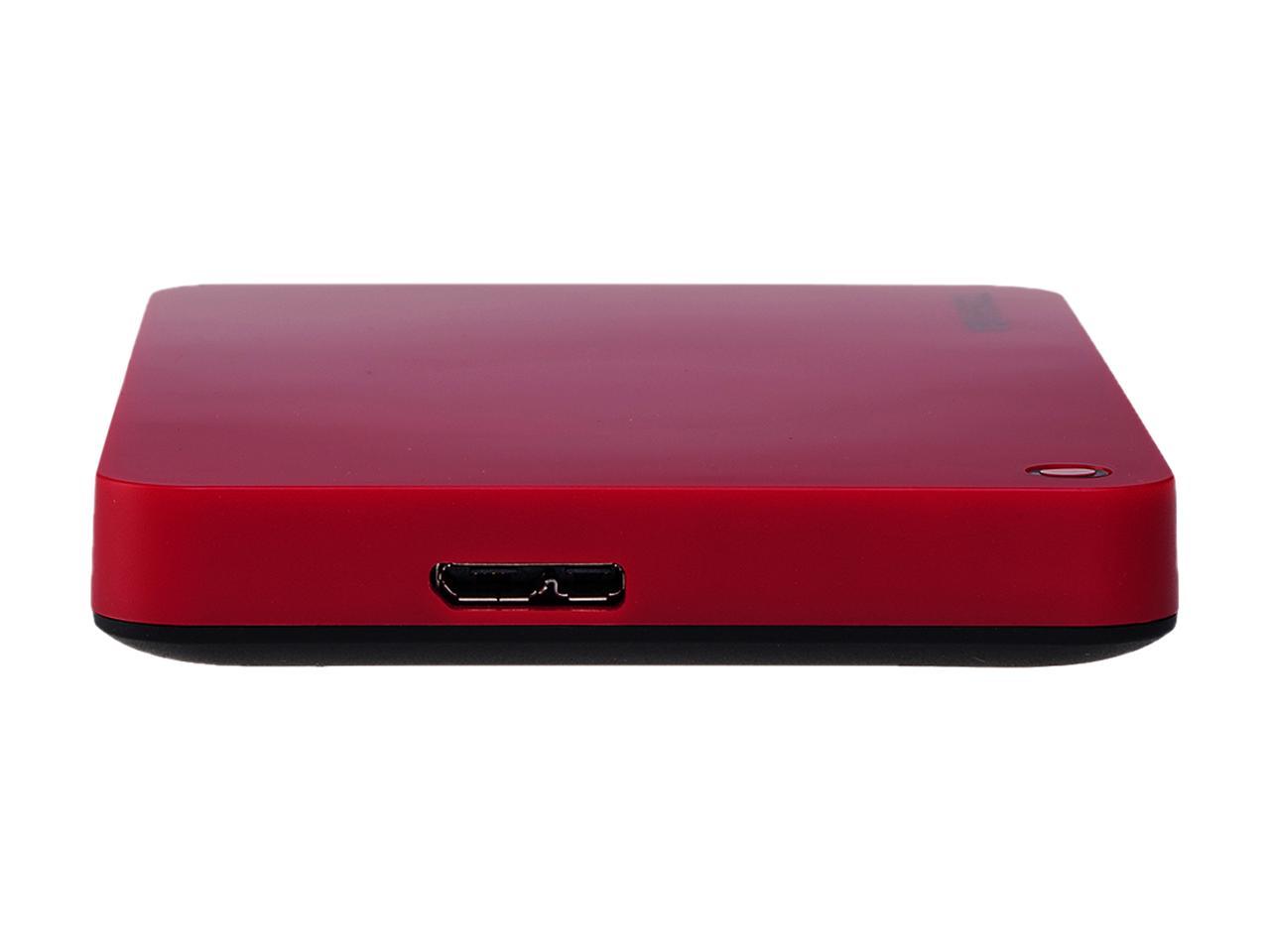

- #Reformat toshiba canvio for mac for mac#
- #Reformat toshiba canvio for mac mac os x#
- #Reformat toshiba canvio for mac mac os#
- #Reformat toshiba canvio for mac update#
- #Reformat toshiba canvio for mac portable#
Start the Disk Utility, which is located under Applications > Utilities. Connect the external drive or the USB drive to the Mac. Disk utility - the MacOS utility application can help you with this.

The easiest way is to drag it from one drive to another.Īll is set, then you can go ahead to format the drive on your Mac. Hence, you must backup your important files before reformatting the drive if you want to save them.
#Reformat toshiba canvio for mac mac os#
Keep in mind that Mac OS can generally read other file formats, but for the best performance and to create a bootable disk, formatting exclusively for your Mac based on its version is required.įormatting an external hard drive would erase everything on it. In a few simple steps you are ready to go and can save your back-up files to the external drive, keeping your information safe and giving you peace of mind. Reformatting an external hard drive for use with Mac OS is not as difficult as it might seem.
#Reformat toshiba canvio for mac for mac#
Part 2: Format External Hard Drive for Mac with Disk Utility Luckily, there are third-party tools to help you do so. NTFS: As the default file system in Windows, it can only read by Mac OS and writing to it is not available. Nevertheless, this older file system is limited to no more than 4GB and there might be security issue and disk errors.ĮxFAT: It is similar to ExFAT which can be read by both Windows and Mac, but it can store more than 4GB files. It enables you to regularly share files with your friends. MS-DOS FAT (aka FAT32): In addition to Mac, it can also be written and read by Linux and Windows. You can encrypt it so that no one can access the contents on your drive. Mac OS Extended (encrypted) would be an ideal option if you probably carry your laptop or external drive here and there.
#Reformat toshiba canvio for mac update#
Mac OS Extended (Journaled/HFS+): If you didn't update your Mac OS to High Sierra, the default file system on your Mac shoule be Mac OS Extended. What's more, it is compatible with SSD and flash storage devices only. However, it won't be readable and usable on machines that are not running Mac High Sierra, Windows or Linux PCs. Which one is right for your circumstance? We'll describe them here, and you'll be able to make your choice after reading the details.ĪPFS: This is the default file system in Macs with High Sierra. There are a few file formats you can use, but it depends on the purpose you want to use the drive for. The most important, you should decide which format to use.

The clock settings may be reset to a default date on some models.Part 1: Which File Format You Should Choose?īefore you begin formatting the drive, there are a few things to do. Your computer's PRAM and the NVRAM are reset to the default values.
#Reformat toshiba canvio for mac portable#
I'm not sure if you are having the same problem, but you should give it a shot.įor Portable computers that have a battery you should not remove on your own
#Reformat toshiba canvio for mac mac os x#
Mac OS X can see NTFS formatted drives too, the only limitation is that it can not write on them (without third party add ons) so I doubt it's a formatting problem. Called Seagate and they told me to do a PRAM & SMC reset, this solved the problem, although it still happens every now and then. It showed up on the hardware list for a few secconds and then dissapeared as if I had unplugged it, meanwhile the HDD was still on and spinning. I had a simmilar problem with a Seagate Freeagent Go drive.

Hi, have you checked on System Information to make sure the Mac is actually recognizing the hardware? (type system information on spotlight and click USB on the left)


 0 kommentar(er)
0 kommentar(er)
